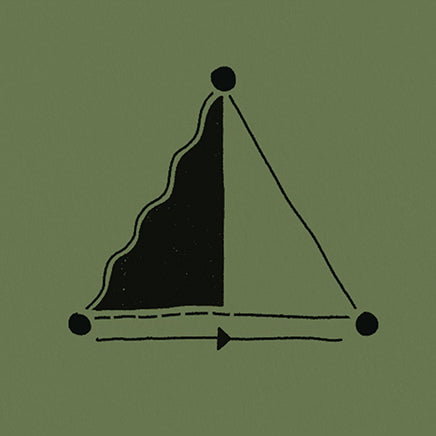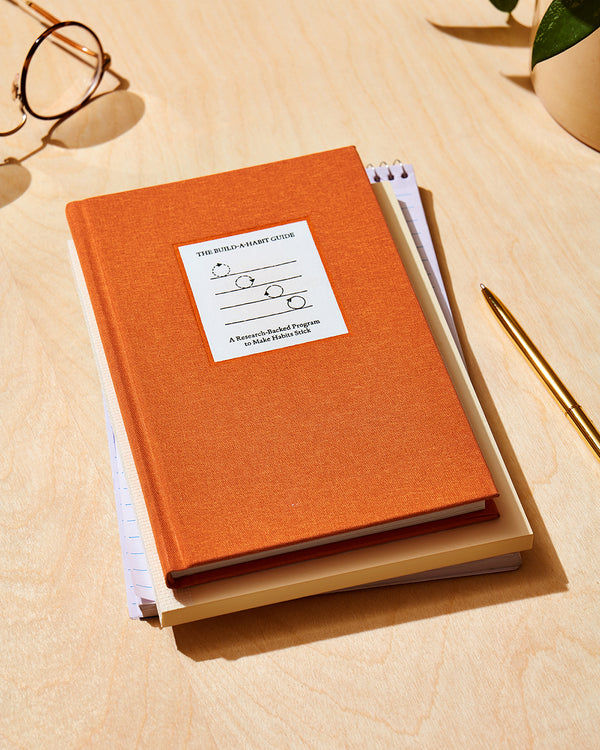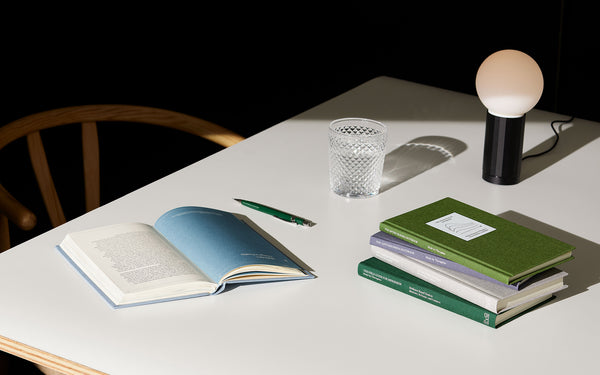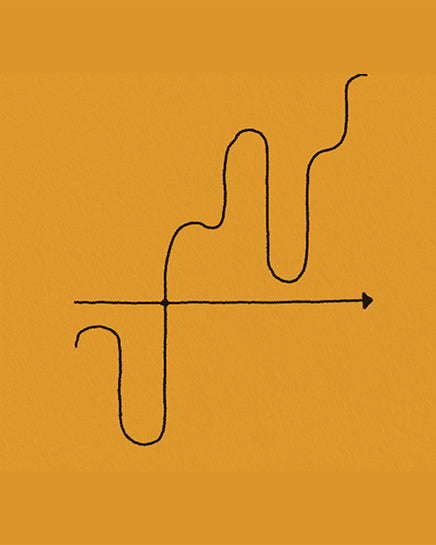
August 24, 2020
Anxiety 101: Change for the better with CBT
By the Therapy Notebooks Team
WHAT IS CBT?
Psychiatrist Aaron Beck and psychologist Albert Ellis offered a new way of shifting human behavior through Cognitive Behavioral Therapy (CBT). Relevant since the 1950s, CBT has been the single most well-researched form of therapy. The Anti-Anxiety Notebook , our very first product, relies on this intervention. It is the go-to intervention in treating depression and anxiety [1] . The method is also useful for managing anger, insomnia, low self-esteem, and other matters of mental health.
CBT focuses on the chain of events that dictate our thoughts, behaviors, emotions, and physical reactions. We have brains that like to jump to conclusions. This “shortcut” often happens under stress. While this is done for our survival, it can create an unhelpful cascade of thinking and bodily responses.
We can choose an empowering direction. CBT spotlights what is within and outside of our control through the “ABC” model. Notice the activating event, thoughts, and consequence. The thought we decide to believe shapes the meaning we choose to accept, the emotional response we feel, and the sensations in our body. We direct our experience. We course-correct as needed.
Over time, this loop becomes a muscle. Time slows down. Images still, words mute while associations are questioned. There is a pause between impulse and action. You might notice the urge to do, think, or say something unhelpful. This is an awareness of the present moment. You decide on a new behavior.
HOW DOES CBT WORK?
When practicing CBT, the goal is to catch and reframe perceptions in real-time. We watch the sea of unconscious, automatic thoughts. Neuroplasticity says our brains are capable of immense change. The more you practice and integrate information, the more defined pathways grow in your mind [2].
Until CBT becomes automatic, you might find it helpful to use guided exercises. These might take the form of a “thought record” or “thought diary.” This method features prompts directing your thinking in alternative ways. When completing the activity, you will consider the facts of the situation. CBT also trains our minds to separate events from moods and thoughts.
The Anti-Anxiety Notebook guides you through 100 CBT-based journal entries for in-the-moment and reflective support. The structured exercises are useful when stressed or simply wanting to gain another perspective. You will use it to believe in thoughts that better your life, brain, mood, and body.
Write about the event. You’ll describe the situation and your thoughts. You’ll do this by answering who, what, when, and where.
Note the emotion. We can find power in naming our various emotional states. You want to name all that you feel. Try not to question it.
Track the intensity. You will rate the intensity of your emotions using a scale. Some forms have you rate from barely feeling the emotion to the most intense feeling. This might mean selecting from 0 to 10 or 0 to 100%). It might seem odd to try and quantify a feeling. We encourage you to do what works for you or give this method a try. Note how your intensity changes over time and what circumstances improve or worsen your experience.
Identify patterns. Across entries, you might notice similarities in your habits and processes. These could be skewed thinking styles like “blaming others” or “magnifying the negative.” Remember that we’re training the brain to embrace new ways of thinking. Note the link between an unhelpful thought and your emotional reaction.
Reframe your perspective. In a gentle and compassionate way, you will face your thoughts and decide how to think about the situation differently. This leads to helpful action and maintaining balanced thinking.
CBT IN PRACTICE: JOURNALING
We can design our experience the more we engage in CBT. Our perceptions are intricately linked to the way we perceive people and situations. Our automatic thoughts and feelings can lead us to new insights and behavior. As the fear centers in our brain send alarm messages, we can stop, notice, proceed, and reflect. We don’t have to follow our fears.
While we integrate new behaviors, it can be helpful to return to guided exercises. We may need a reminder to stick to the facts. Slow down our reaction. Engage the parts of our brains overly active. We can re-route our moods and core beliefs. You may decide to further reflect as you consider the 100+ notes and tips from therapists in The Anti-Anxiety Notebook.
Free download or worksheet
- https://www.cci.health.wa.gov.au/~/media/CCI/Consumer-Modules/Back-from-The-Bluez/Back-from-the-Bluez---03---The-Thinking-Feeling-Connection.pdf
- https://www.therapistaid.com/worksheets/cognitive-distortions.pdf
This article is not therapy or a replacement for therapy with a licensed professional. It is designed to provide information in regard to the subject matter covered. It is not engaged in rendering psychological, financial, legal, or other professional services. If expert assistance or counseling is needed, seek the services of a competent professional.



